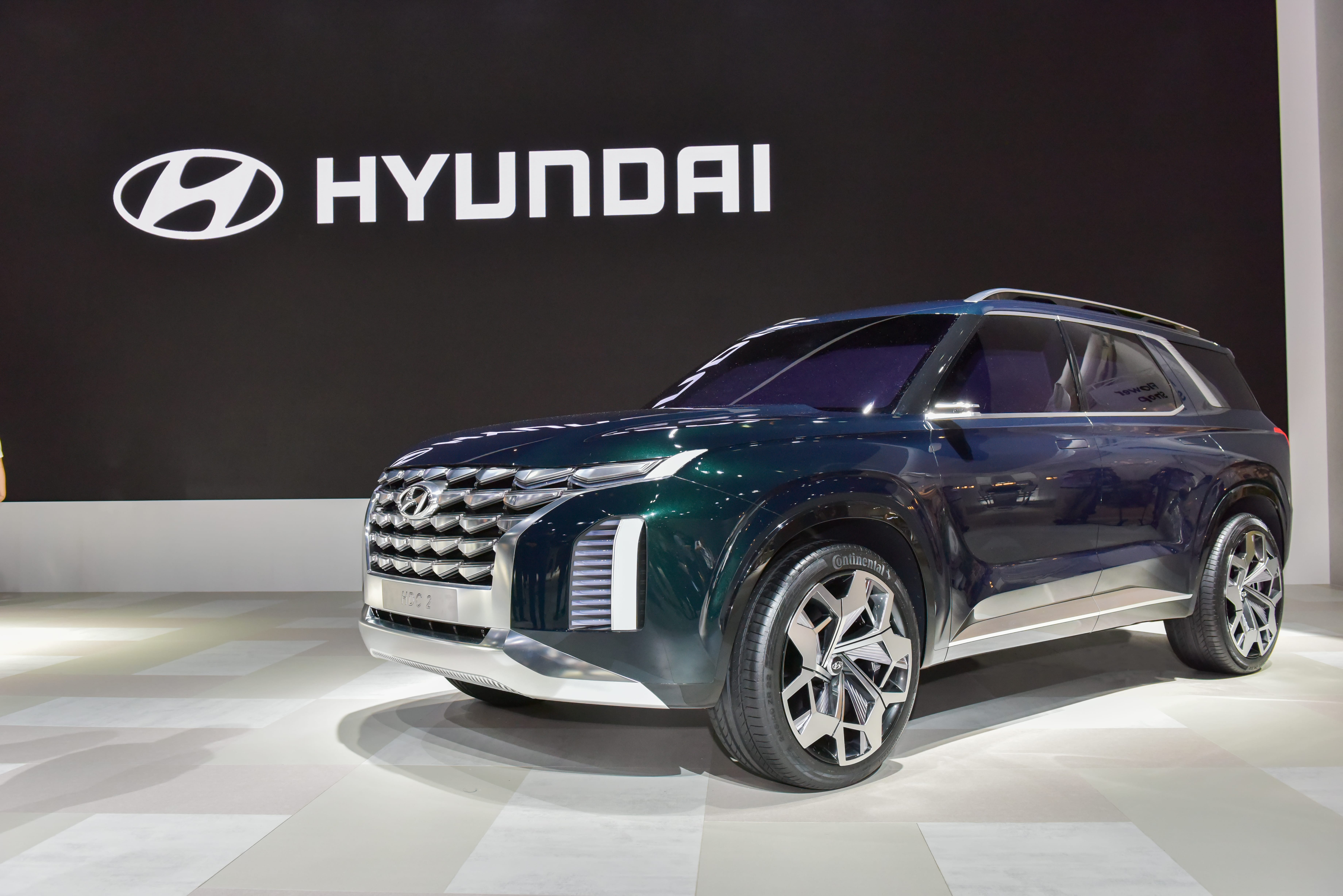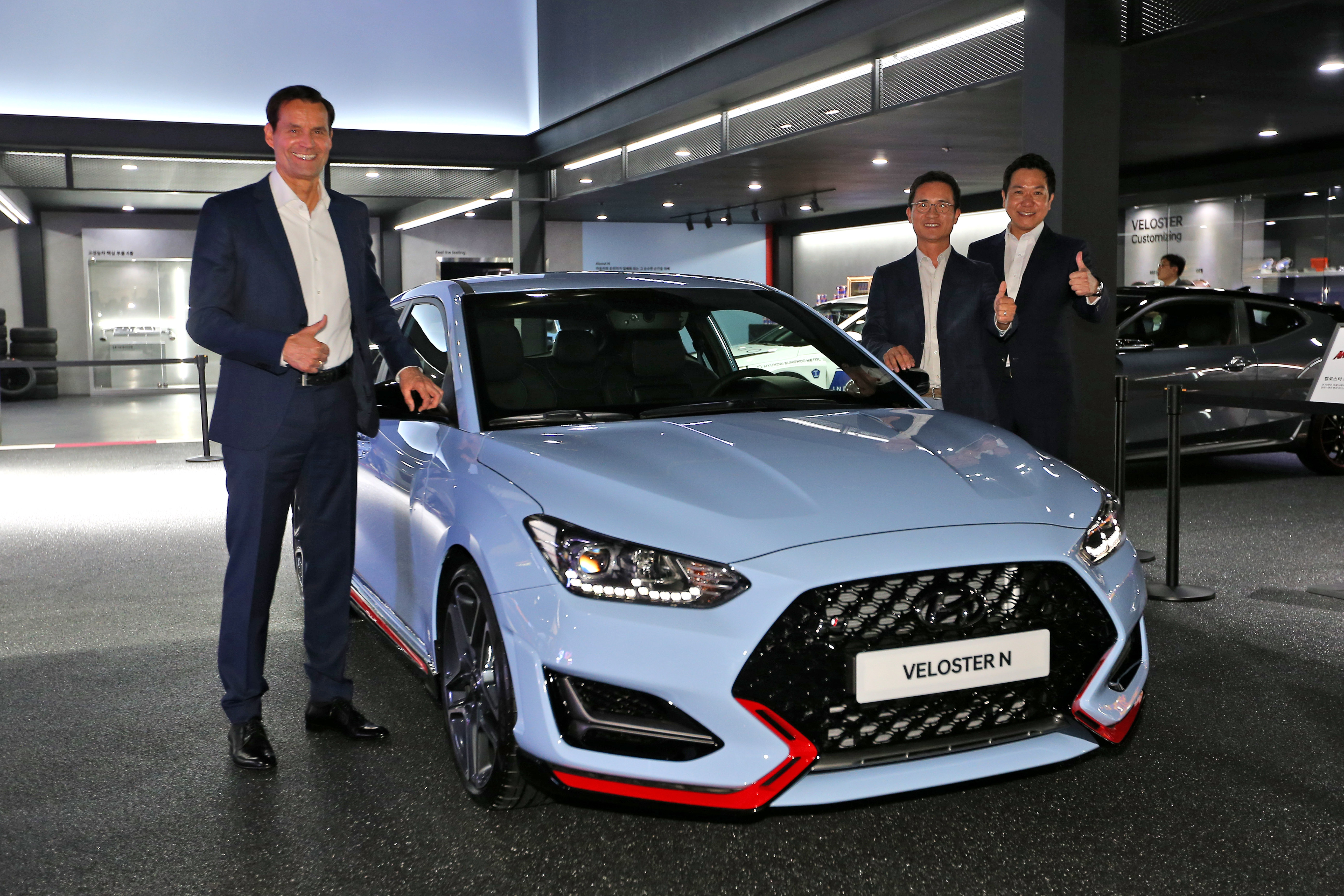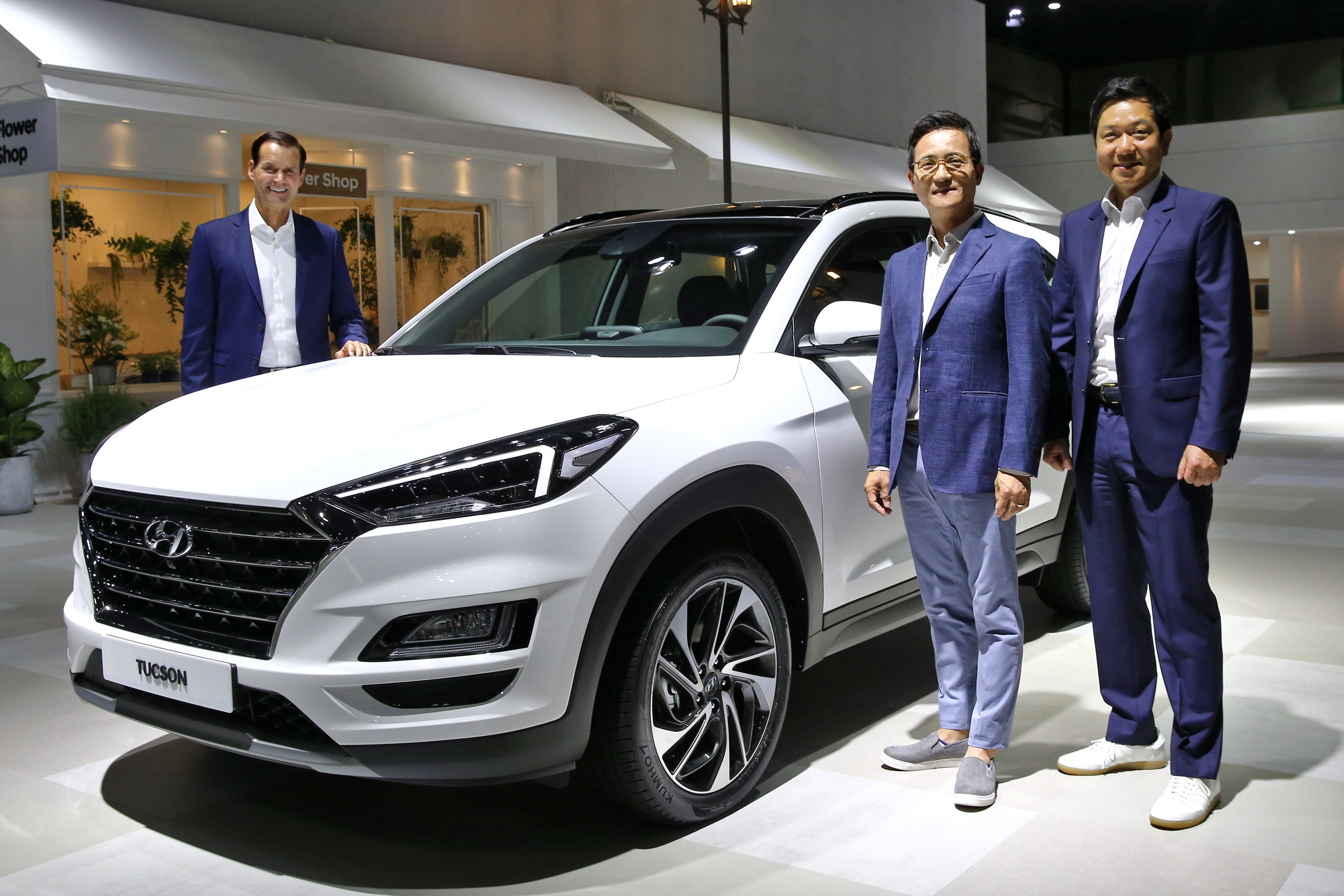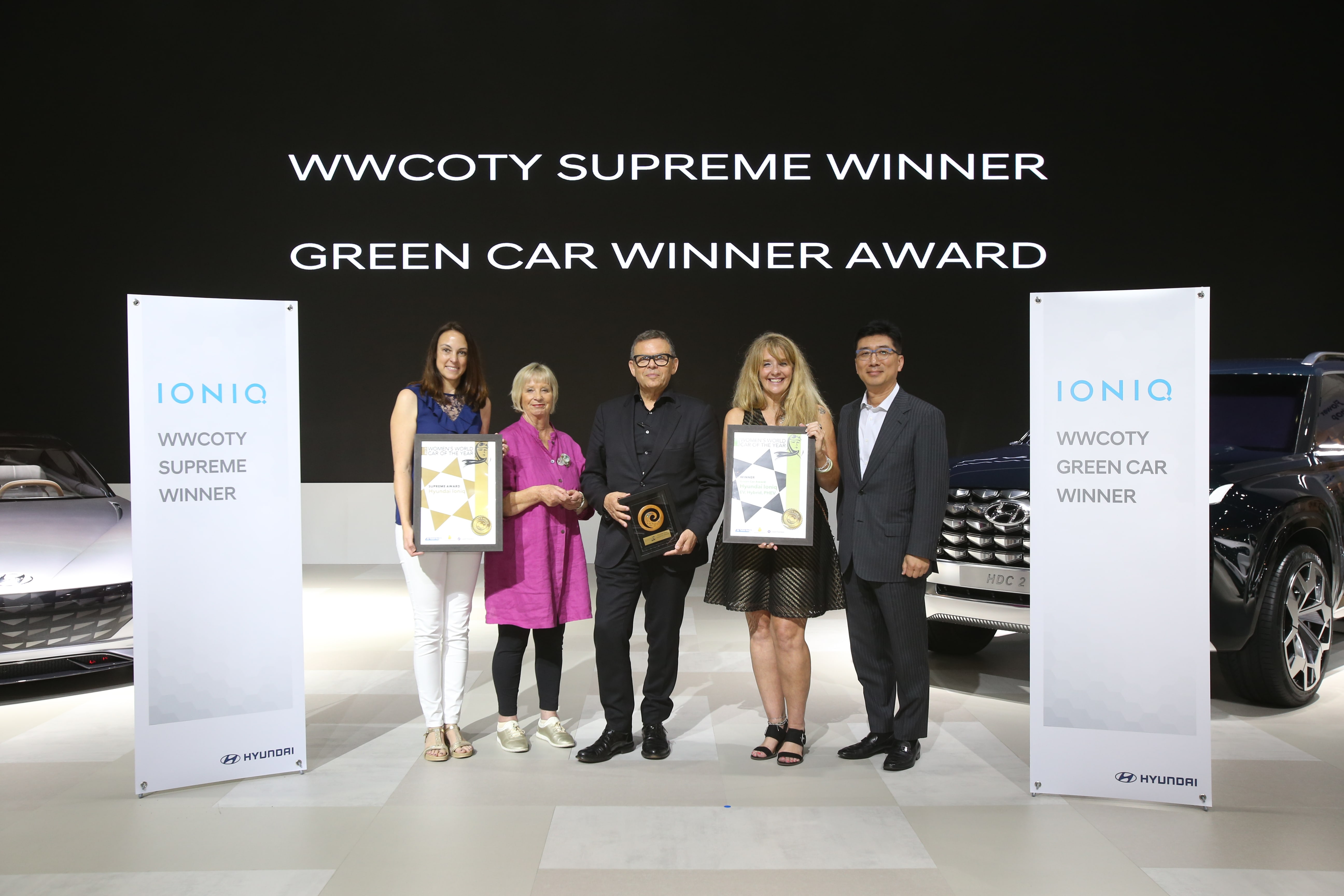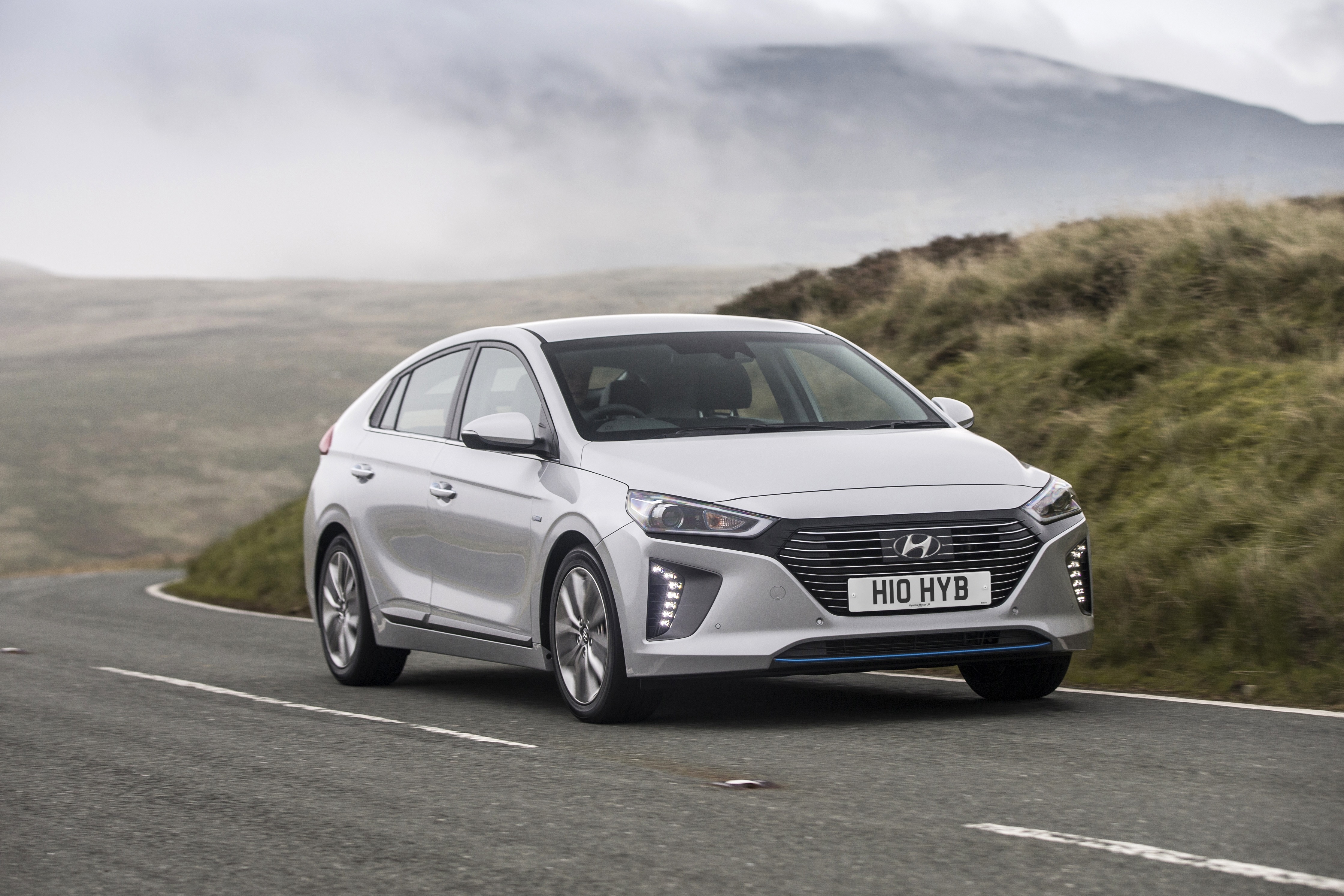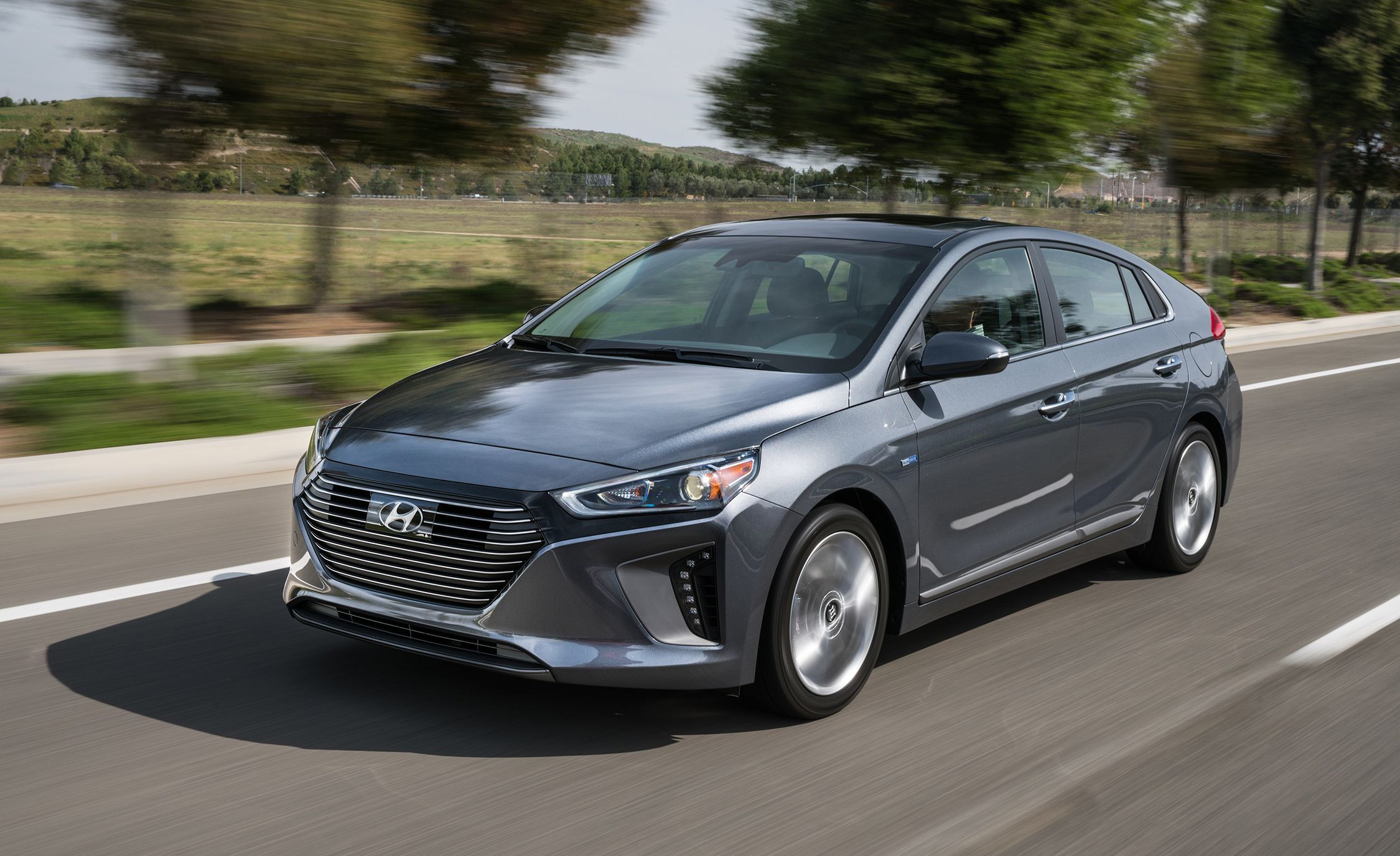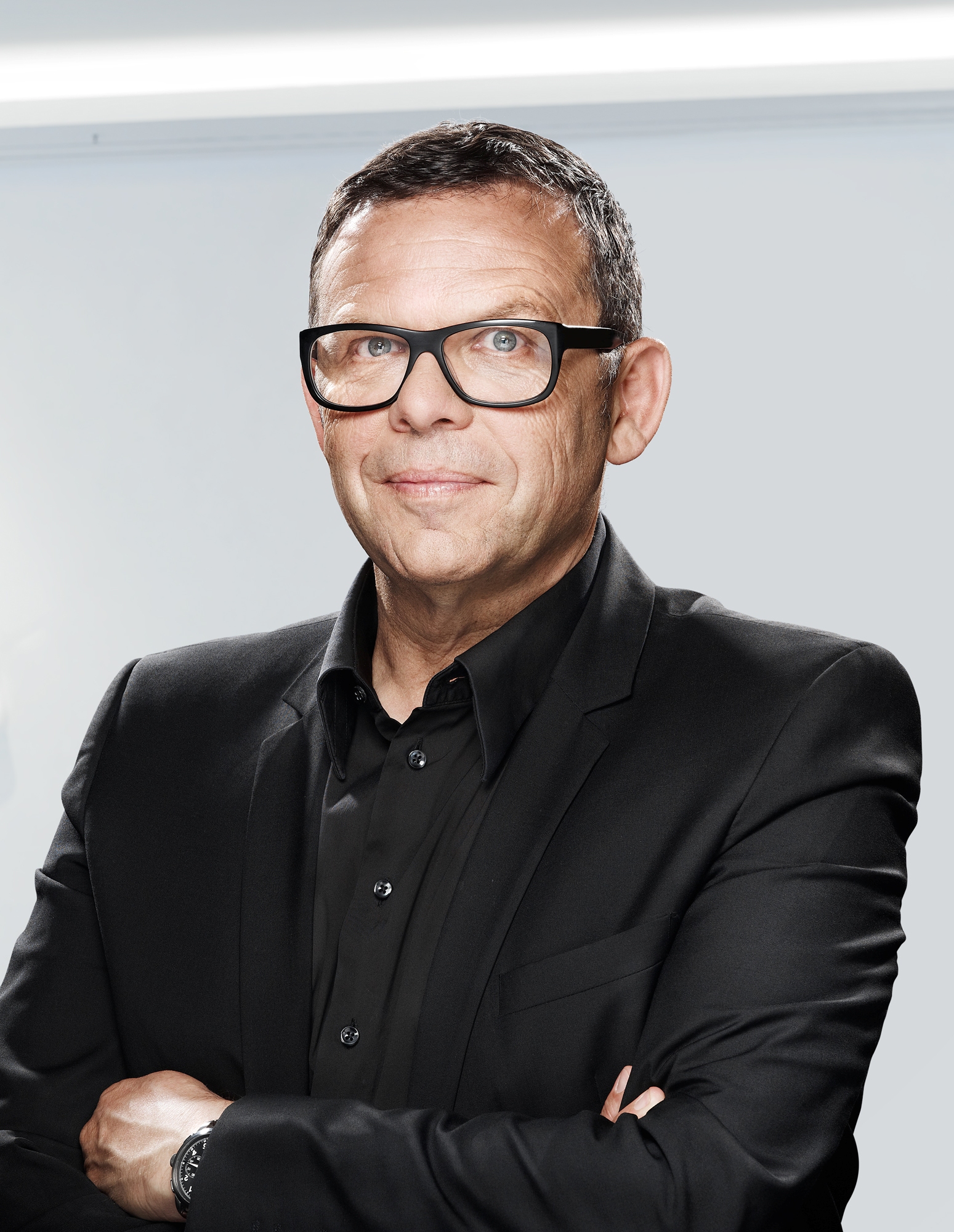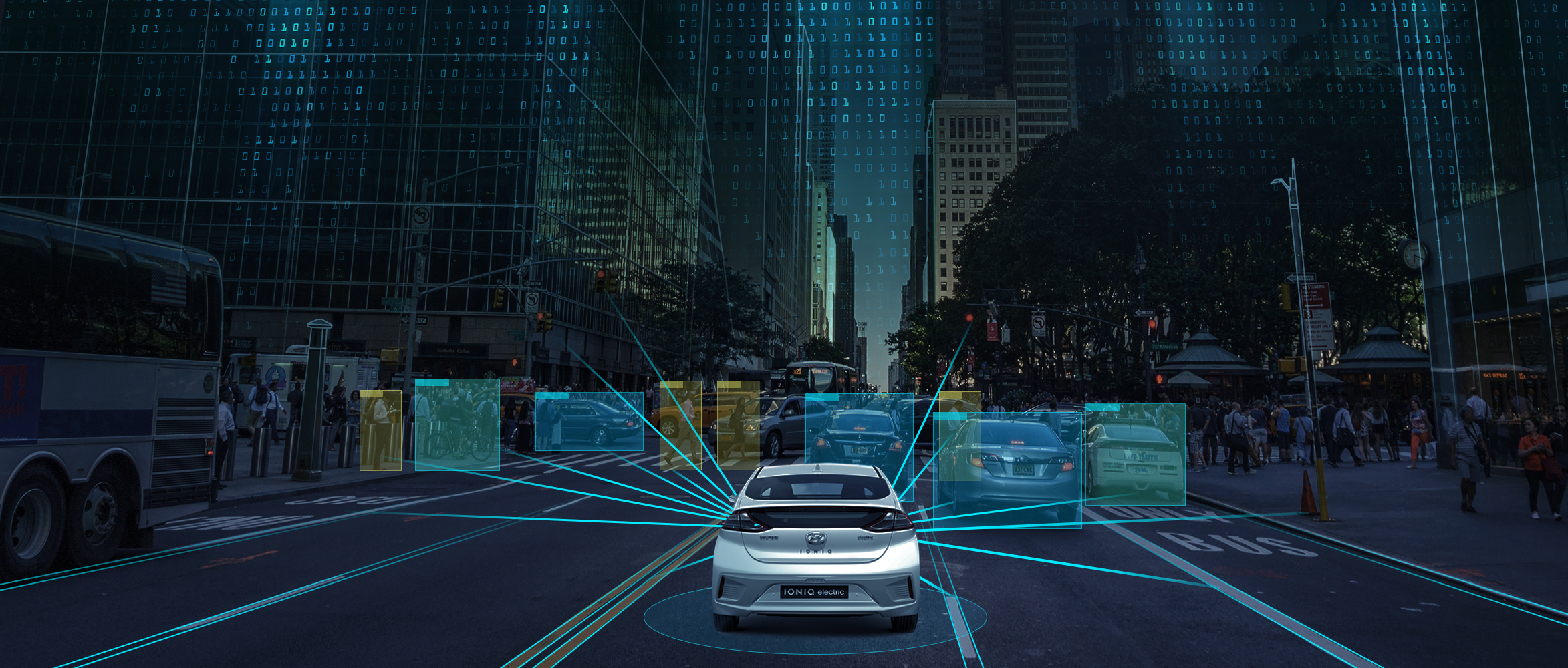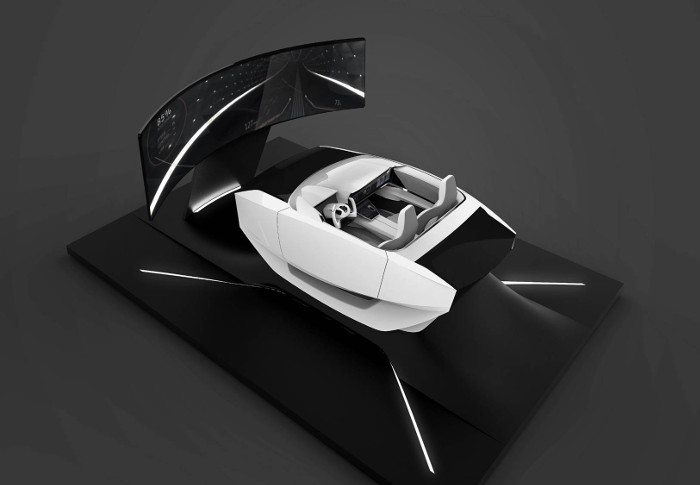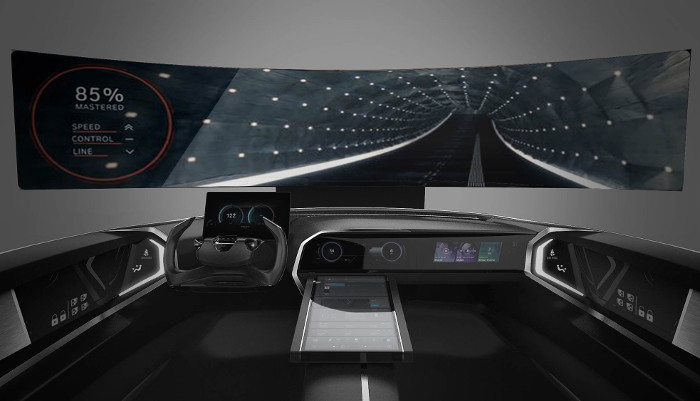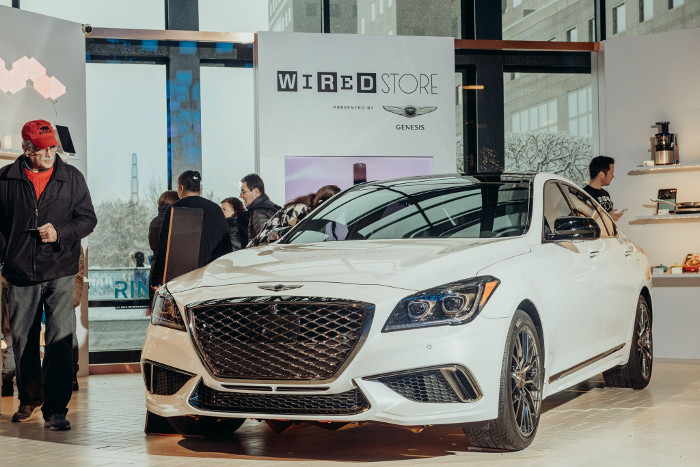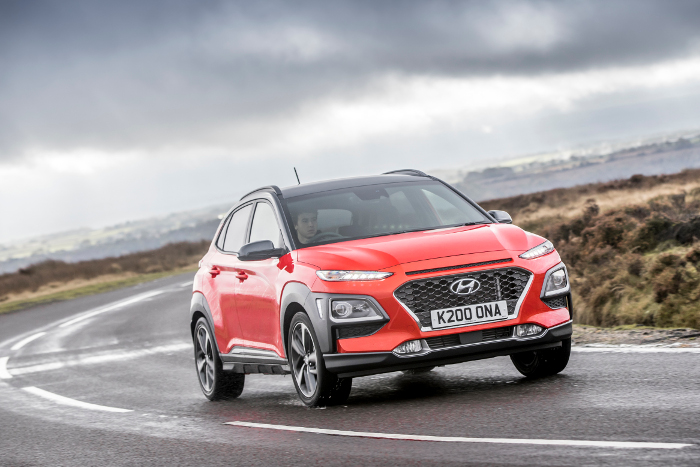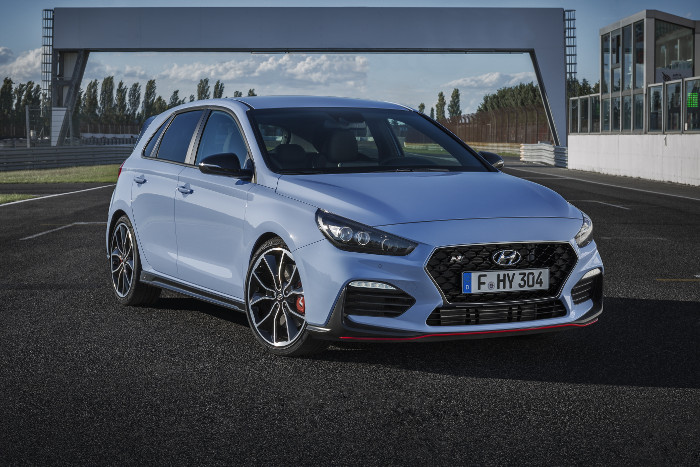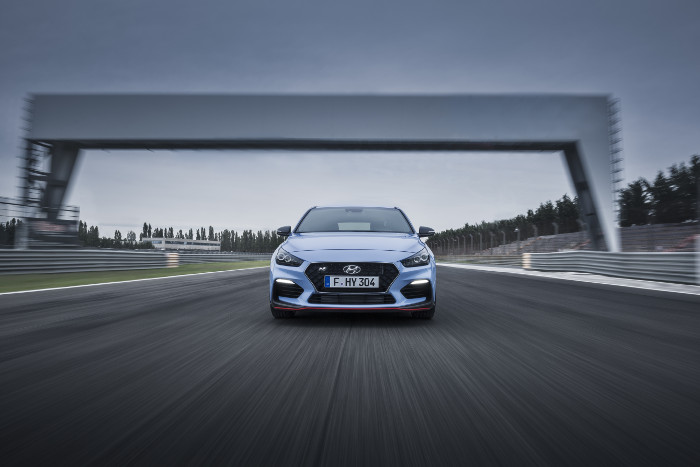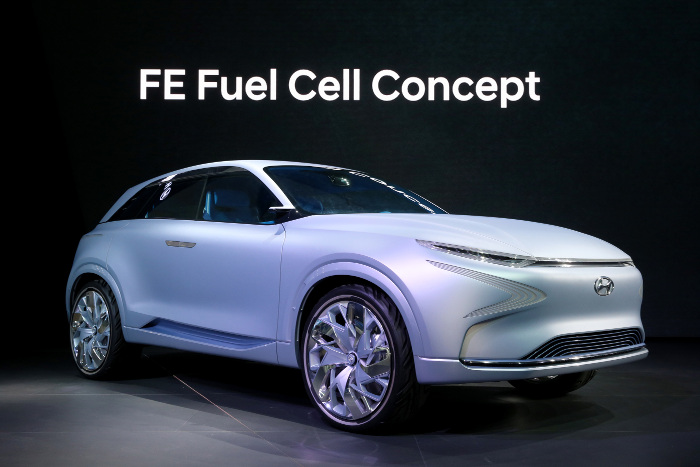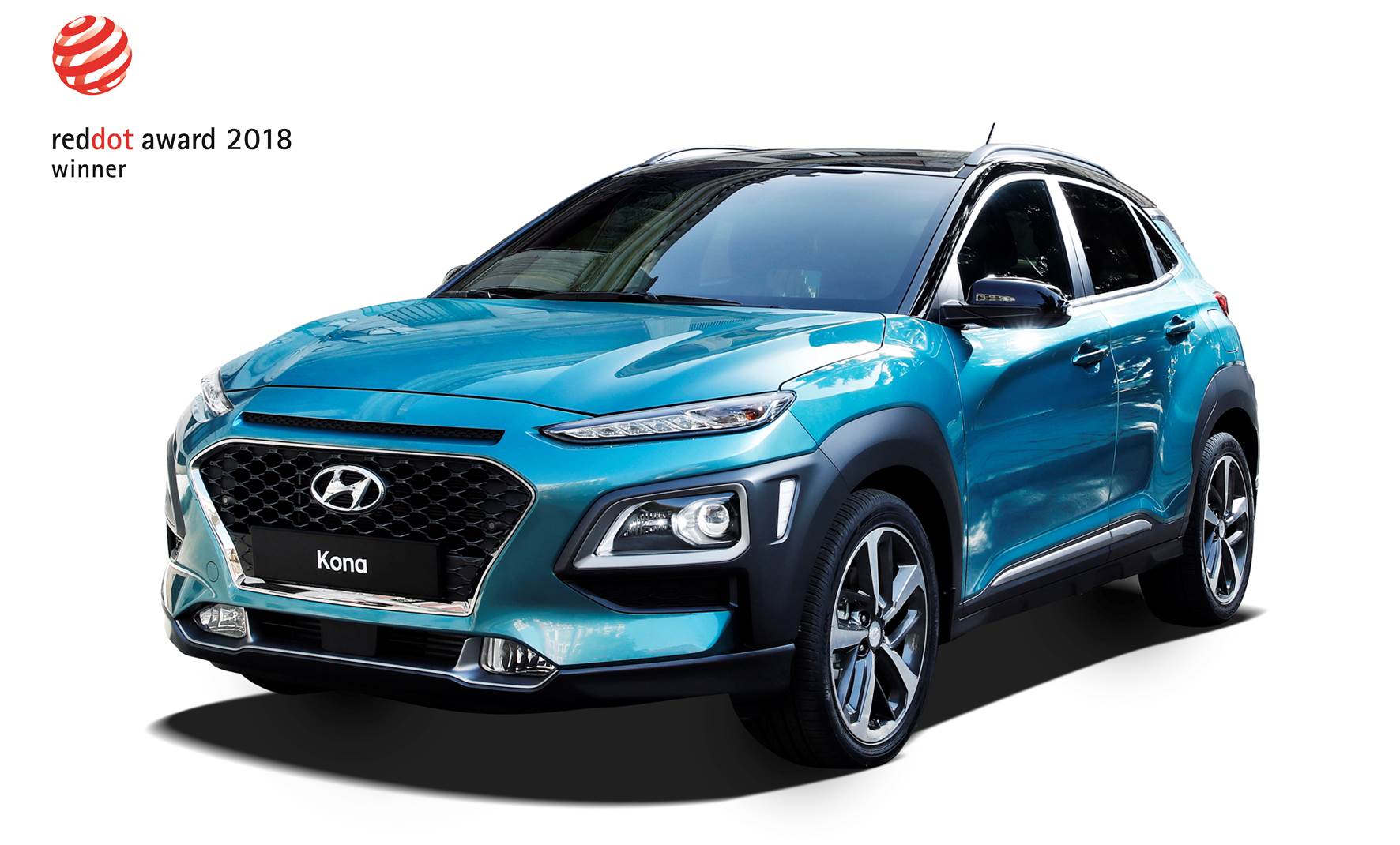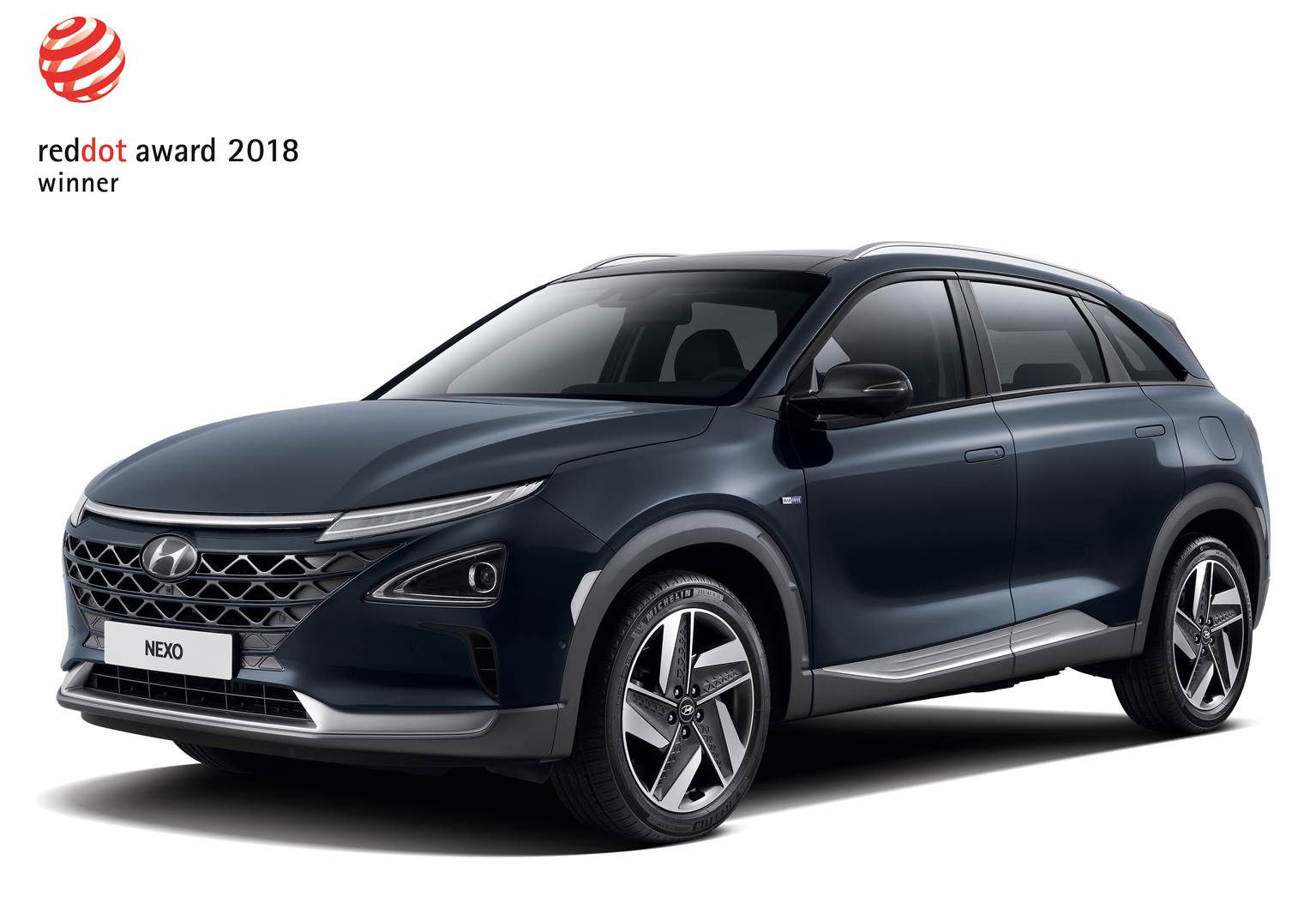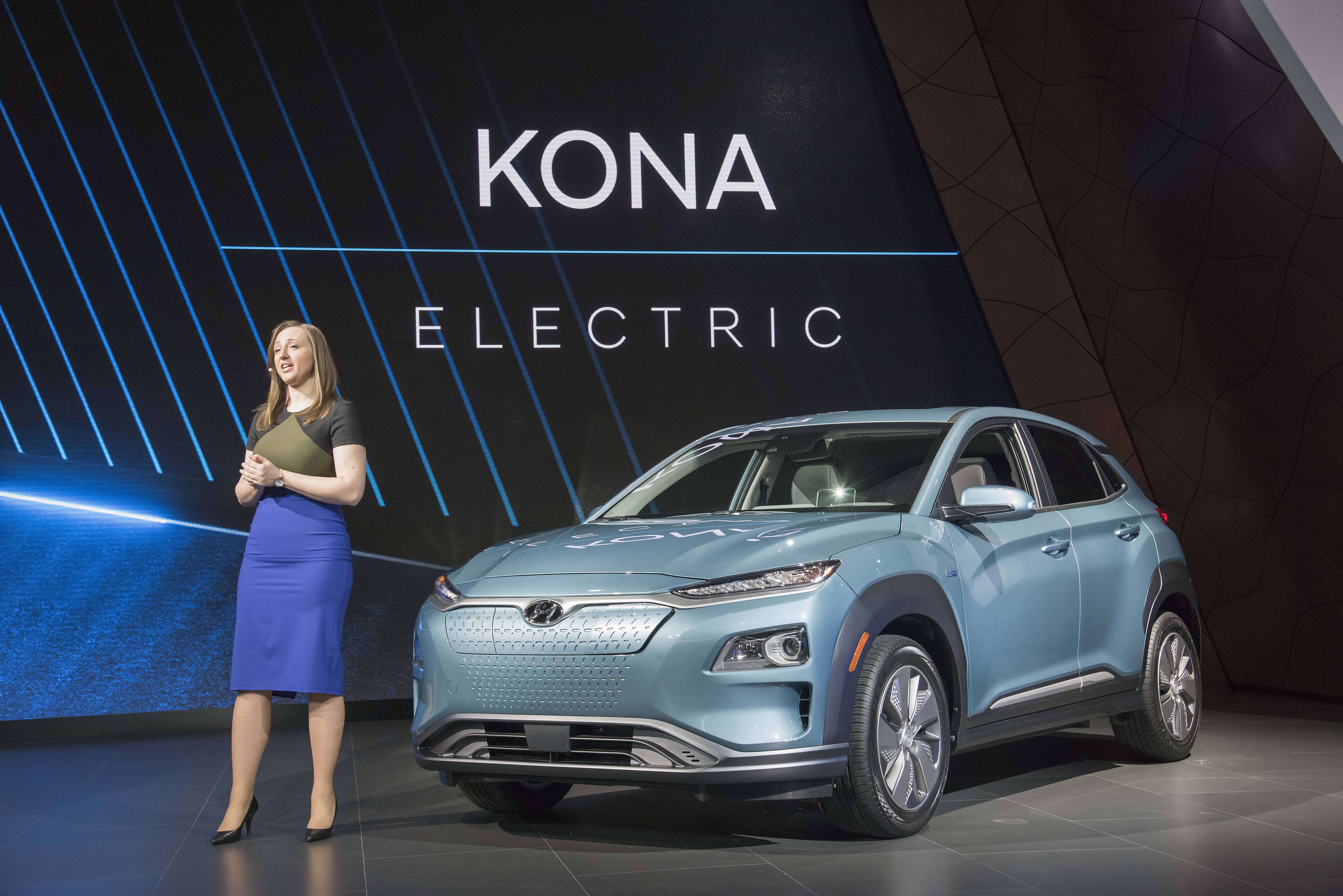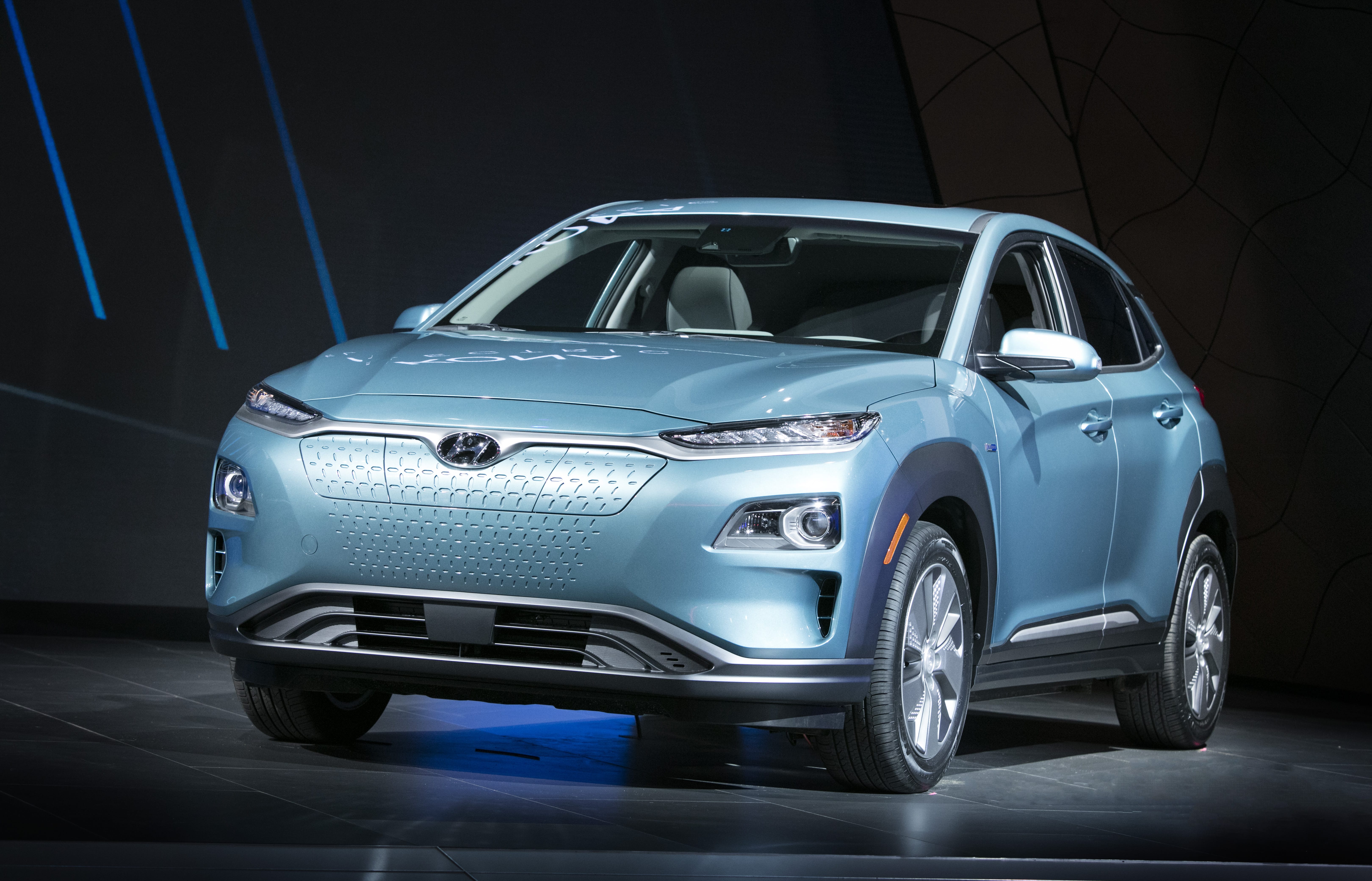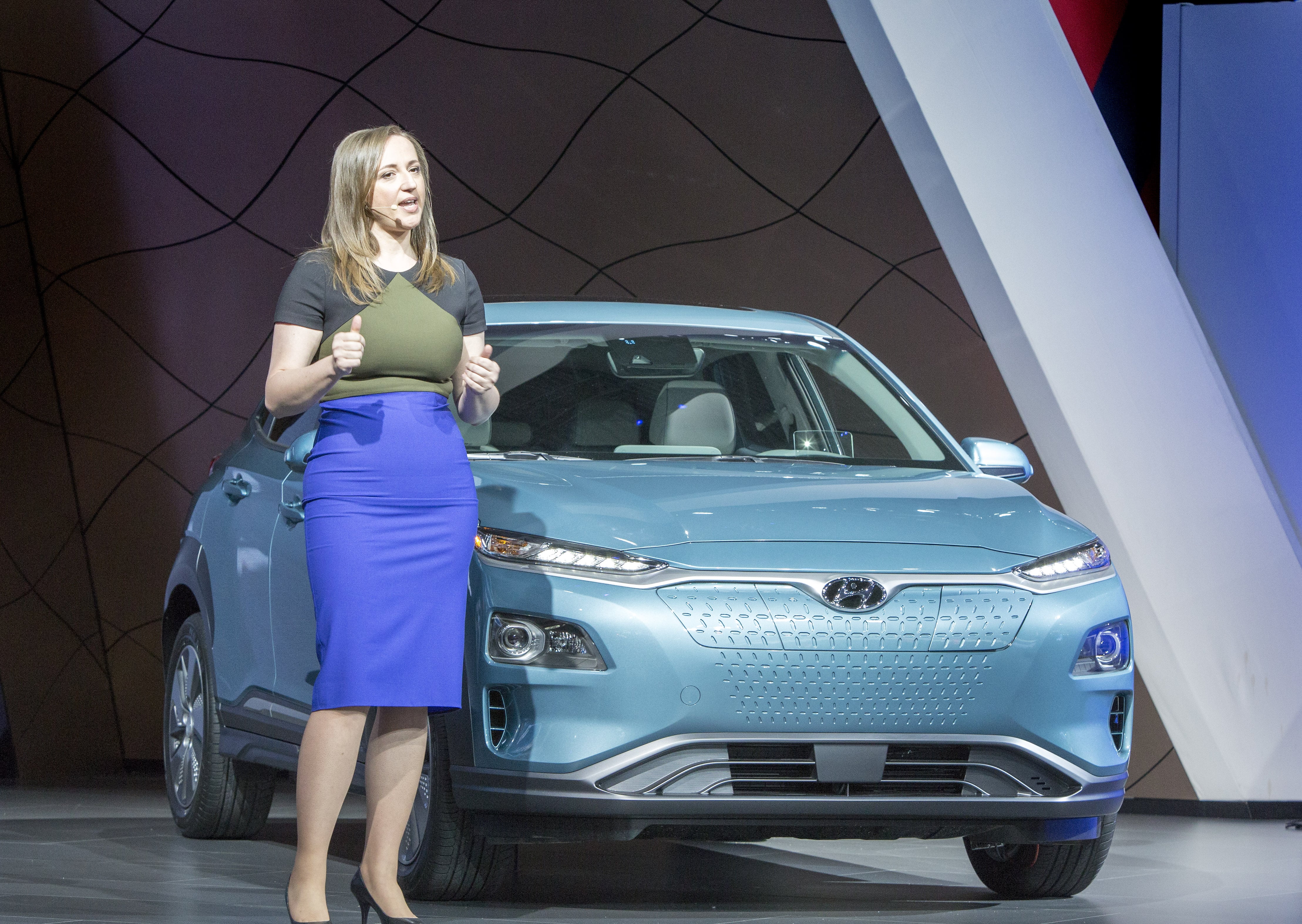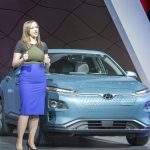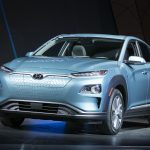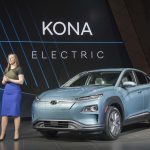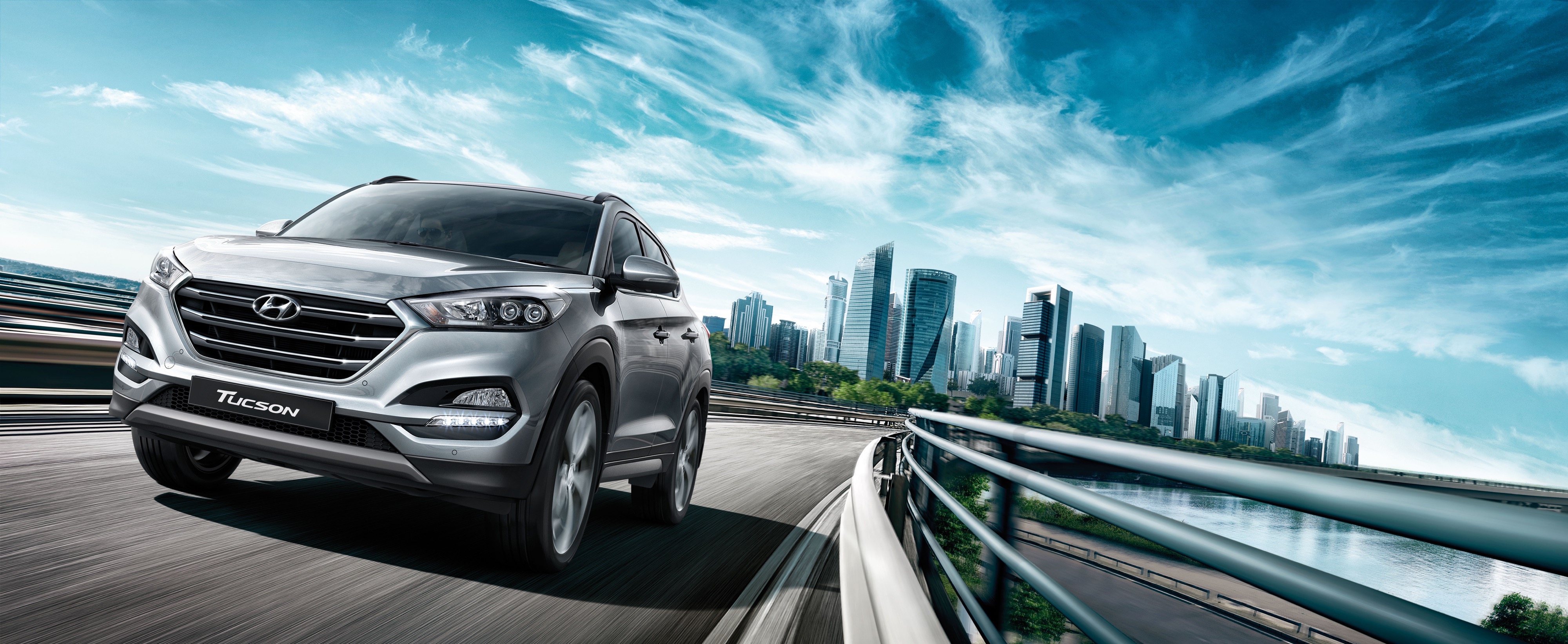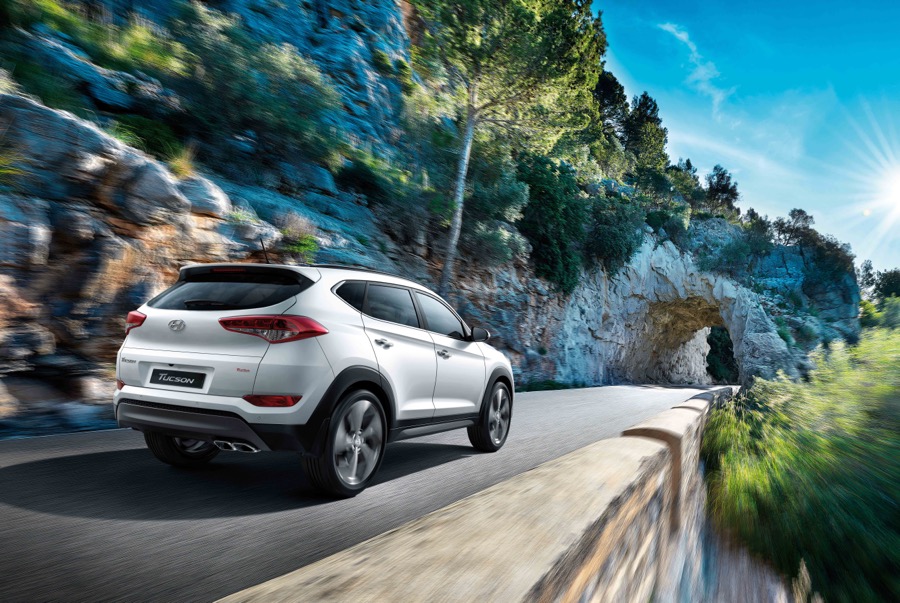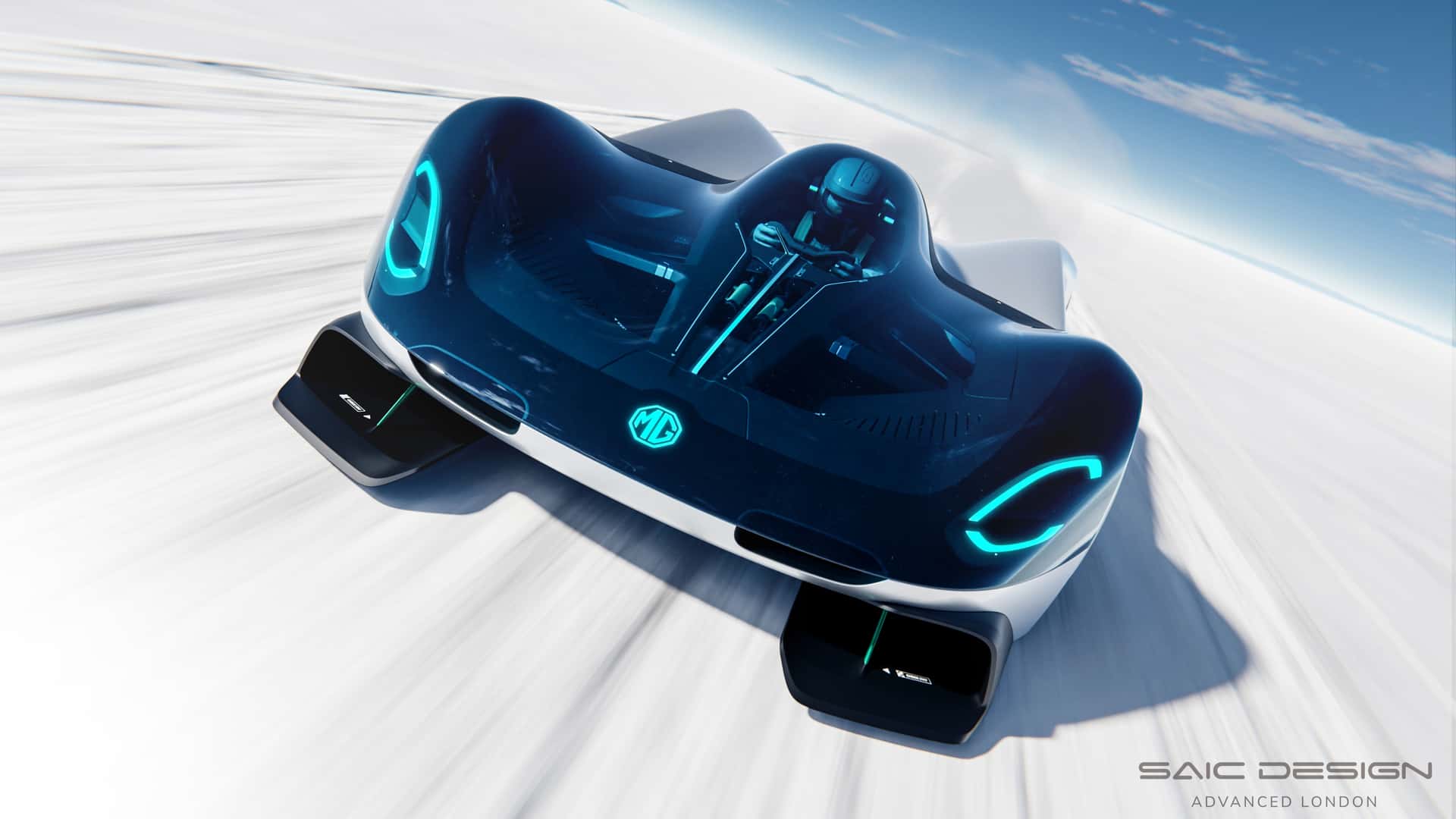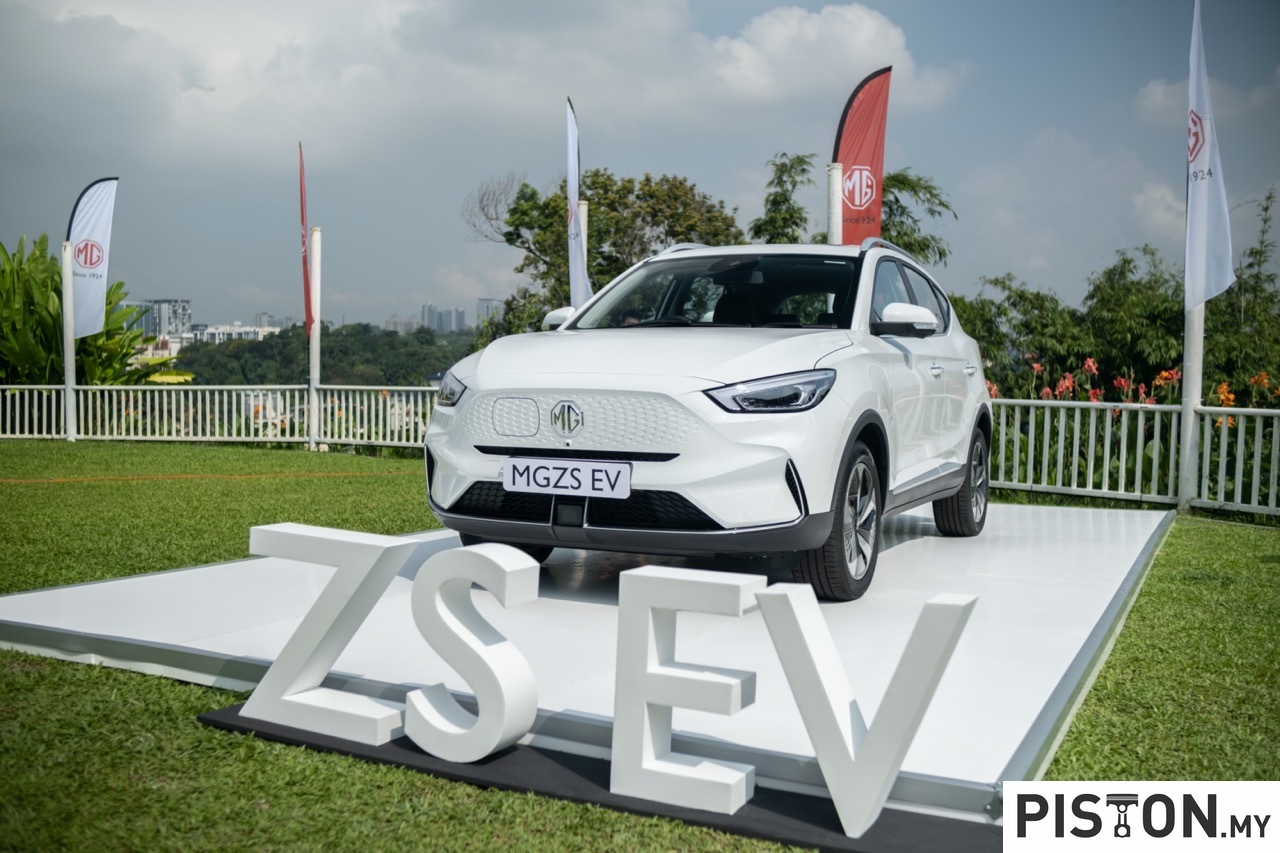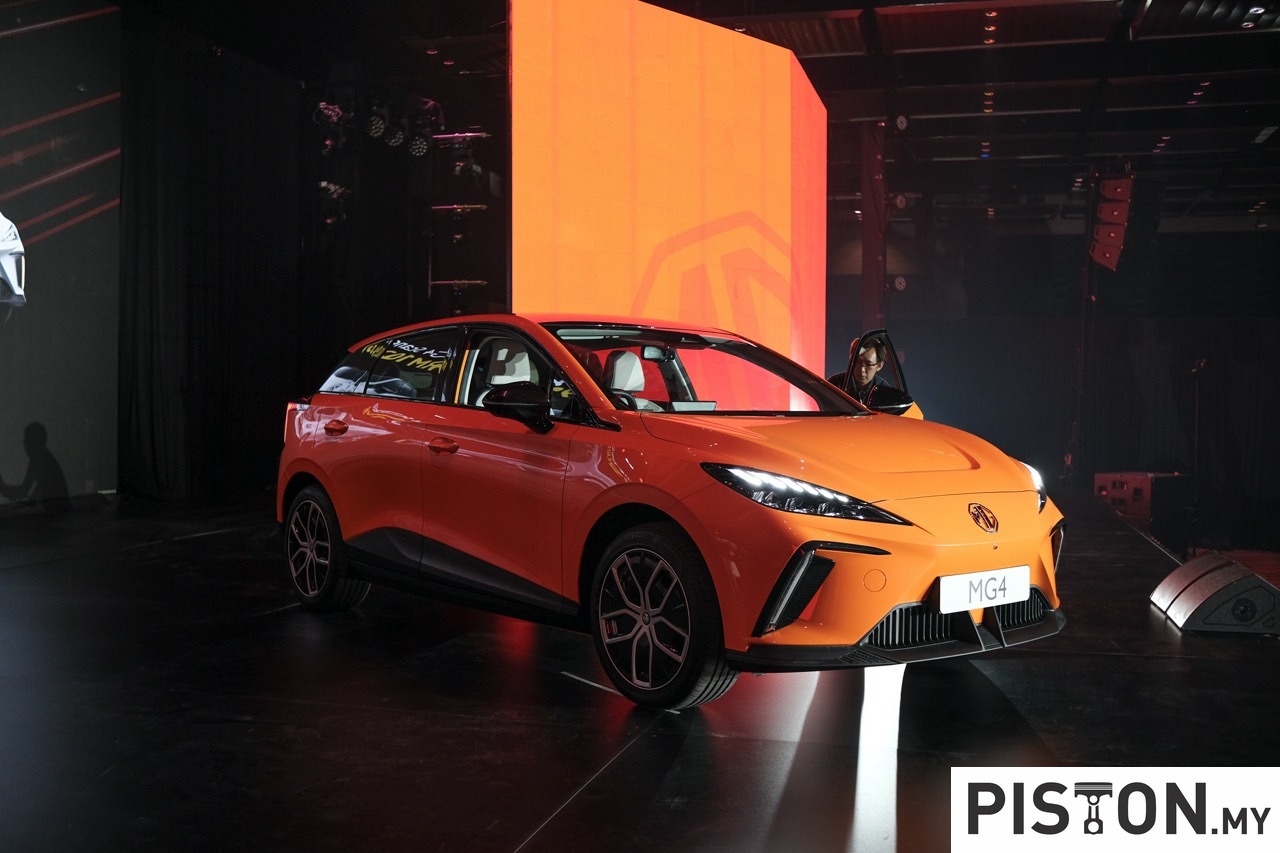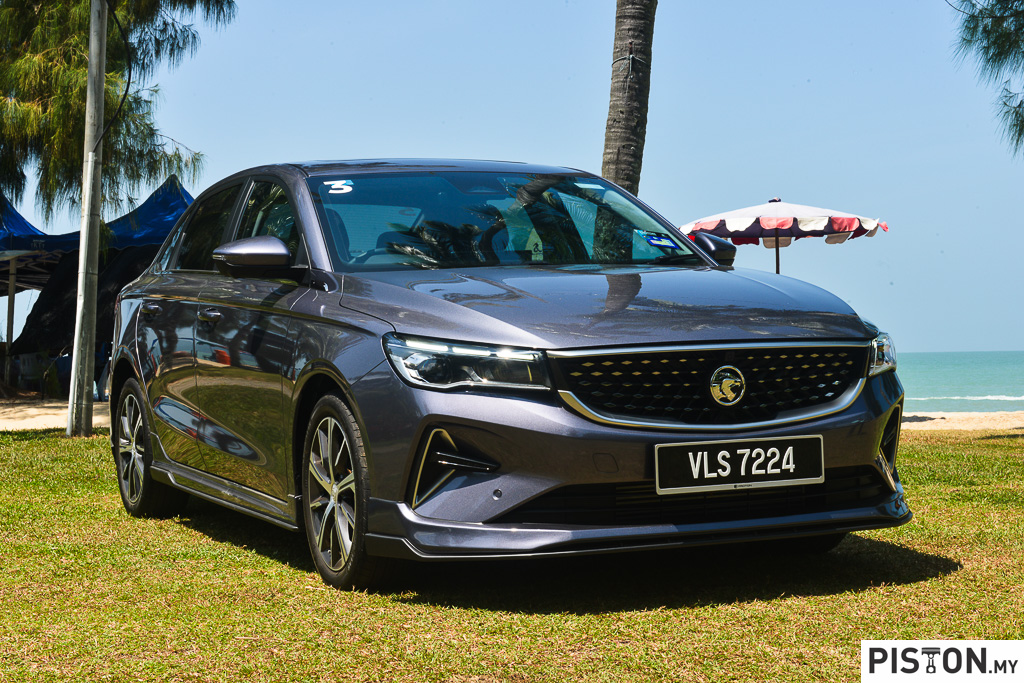Hyundai Motor has elaborated on a step forward in its design philosophy with providing a more detailed blueprint for ‘Sensuous Sportiness’ by unveiling the HDC-2 ‘Grandmaster’ SUV concept and presented a new N Brand Global Strategy with line-up expansion at the 2018 Busan International Motor Show.
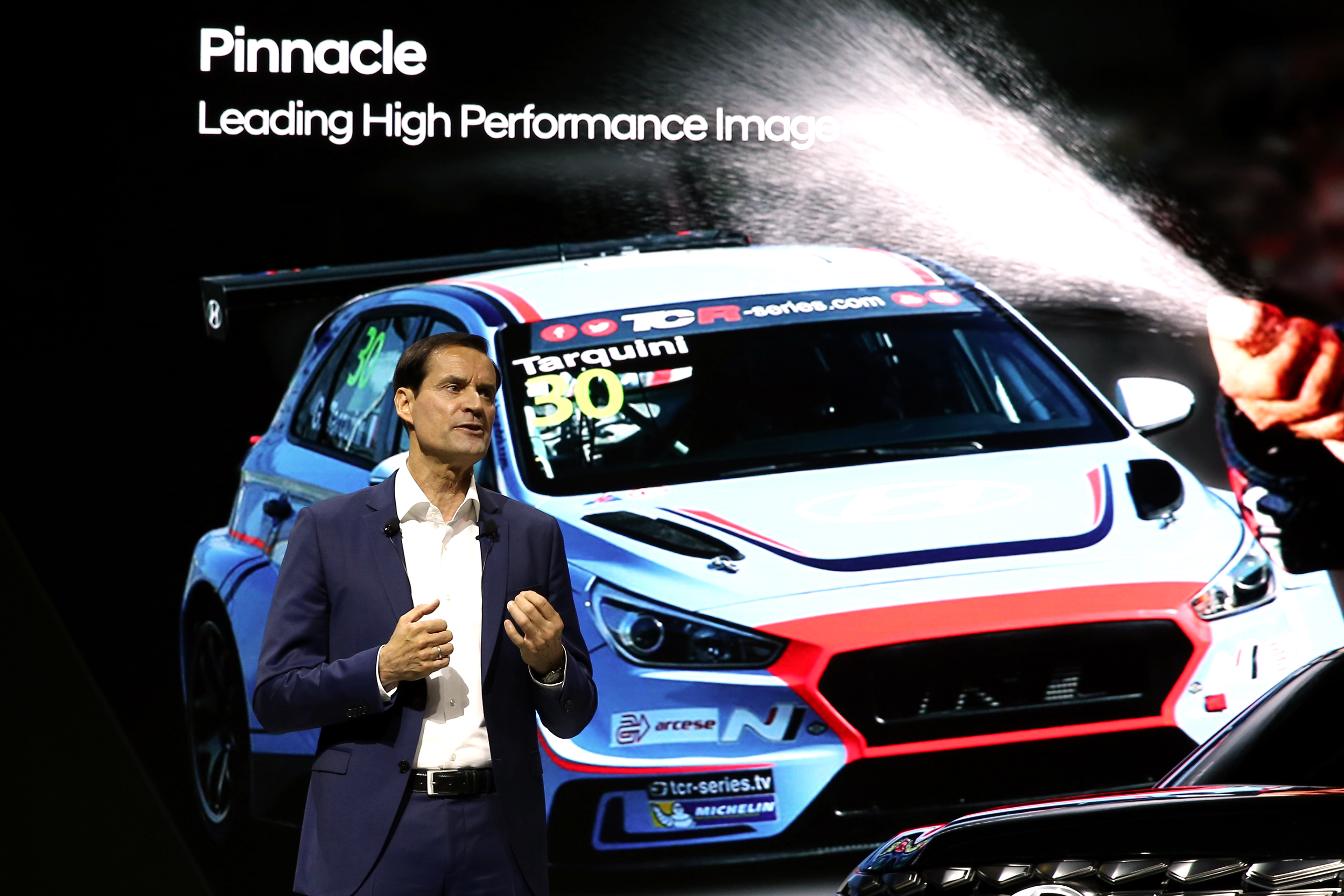
Having first introduced the ‘Sensuous Sportiness’ direction with the HDC-1 ‘Le Fil Rouge’ concept vehicle at the Geneva Motor Show earlier this year, Hyundai further explored and elaborated on the philosophy with its latest SUV concept vehicle, the HDC-2 Grandmaster concept (below). The Le Fil Rouge sedan provided a clear direction for Hyundai’s design philosophy, while the new SUV concept vehicle further proved the versatility of this design language that will be portrayed in future Hyundai vehicles, opening up new possibilities for an even wider spectrum of attractive designs.
Hyundai also introduced the Veloster N (below) at the Busan International Motor Show, laying out the blueprint for its High Performance N Brand. Hyundai will further diversify its N Brand Product Portfolio including High Performance N models, N Line Vehicles with new design and performance enhancing elements and N Option, customization parts by N, which is available for the entire Hyundai line-up. In addition, Hyundai showcased the enhanced Tucson with refined design and enhanced active safety features including a standard Forward Collision-Avoidance Assist (FCA).
Exemplifying the theme of ‘Future Mobility Life’, Hyundai divided its booth into five distinct spaces – Garage N, Hyundai Veloster Street, Design Gallery, Hydrogen Electricity House and the Life Square – all of which aim to highlight Hyundai’s design philosophy and mobility life, as well as to provide valued customer experience.
Thomas Schemera, Executive Vice President and head of the High Performance Vehicle & Motorsport Division, said “I am thrilled to share our vision for the Brand today with you. We will continue to diversify our products and tailor them to the unique needs and experiences of each customer, so that every Hyundai vehicle provides a fun-to-drive experience throughout everyday life.”
“Today we showcased two concept vehicles as a blueprint for our evolved design strategy,” said SangYup Lee, Vice President and head of Hyundai styling. “Making a big step forward in terms of design with the Hyundai Look strategy, we will move towards becoming a brand that customers can really relate to emotionally. Moving on from being a brand that provides a great value, we will aspire to also become a brand that is widely beloved by our customers”
More…
Veloster N and N Brand Global Strategy…
First introduced at the North American International Auto Show in January 2018, the Veloster N is Hyundai’s second N model, following the ‘i30 N’ launched in Europe last year, and the first model to be showcased to Korean customers.
As part of Hyundai’s High Performance N Business, the Veloster N offers differentiated exterior and interior designs, focusing on fun-to-drive characteristics and providing the best driving performance to drivers, as well as passengers.
Equipped with a 2.0-liter turbocharged high performance engine and 6-speed manual transmission, Veloster N boasts maximum power output of 275hp and torque output of 36.0 kgf·m.
With launch control function for spontaneous start and rev matching function for dynamic gear change, Veloster N is also a true ‘Cornering Rascal’ ready to take on any difficult corners.
Hyundai’s N Vehicles demonstrate that the thrill of driving should be measured by the driver’s heartbeats per minute (BPM), rather than revs per minute (RPM), emphasizing exhilarating sensations experienced behind the wheel.
Veloster N is a part of Hyundai’s N brand Global Strategy, which aimed to provide a ground-breaking experience for drivers. Hyundai’s N line-up is based on the company’s philosophy of providing high performance driving technology and an exciting driving experience reminiscent of motorsports, granting dynamic feeling and sensation to everyday drivers.
The market response to the first N Model, ‘the i30 N’, has been so positive that the company is even considering increasing the production volume.
Elaborating on the high performance division, Schemera said “Our motorsports vehicles will spearhead the N Brand at the apex of the brand’s hierarchy. Not to mention that the valuable experience and technology derived from our success in motorsports will cascade down to all the future N products.”
HDC-1 Le Fil Rouge and HDC-2 Grandmaster concept: A step forward with the Hyundai Look…
During the 2018 Busan International Motor Show, Hyundai showcased the first SUV concept featuring the Hyundai Look, a demonstration of evolving Hyundai design philosophy.
Debuted at the 2018 Geneva Motor Show, the Le Fil Rouge concept car highlights Hyundai’s evolved design direction under the theme of ‘Sensuous Sportiness’. Following the concept, the HDC-2 Grandmaster model reinterprets Hyundai’s design DNA, and is designed through harmonization of four key elements – proportion, architecture, styling and technology – thereby bringing emotional value and desirability.
The concept name of Grandmaster is derived from the game of chess. While the world’s finest chess champion is called the grandmaster, the concept vehicle is named to indicate that just as the sum of all chess pieces completes the game of chess, all forthcoming Hyundai vehicles will come to form a harmonious vehicle line-up demonstrating the Hyundai Look while each maintains distinctive character and role.
The beauty is further enhanced by the architecture and styling. The new approach of this ‘Light Architecture’ creates a perfect silhouette to the front and the rear, not to mention its technological innovation, which couples spectacular design with a comfortable experience for drivers and passengers. The design elements of ‘Sensuous Sportiness’ will be applied to Hyundai’s upcoming sedan and SUV models.
Tucson SUV…
The redesigned and enhanced 2019 Tucson features changes inside and out and is an attention-grabbing SUV. Its bold cascading grille and new headlight/DRL design create dramatic impressions.
Also, Hyundai applied an 8-speed automatic transmission and HTRAC all-wheel drive system for improved driving performance as well as better fuel economy.
Incorporating the latest technologies and safety features, the 2019 Tucson meets modern consumers’ daily needs and provides peace of mind with enhanced safety.
Forward Collision-Avoidance Assist (FCA), Lane Keeping Assist (LKA) and Driver Attention Warning (DAW) are equipped on all 2019 Tucson models to further enhance safety. Hyundai’s extra efforts to make the 2019 Tucson safer were recently recognized by top industry experts and consumers alike – J.D. Power named Tucson the Most Dependable Small SUV and the Insurance Institute for Highway Safety (IIHS) selected the vehicle as a Top Safety Pick.
*Above mentioned features and specification may vary by market.
The enhanced Tucson goes on sale in the Korean market in the third quarter of 2018.


